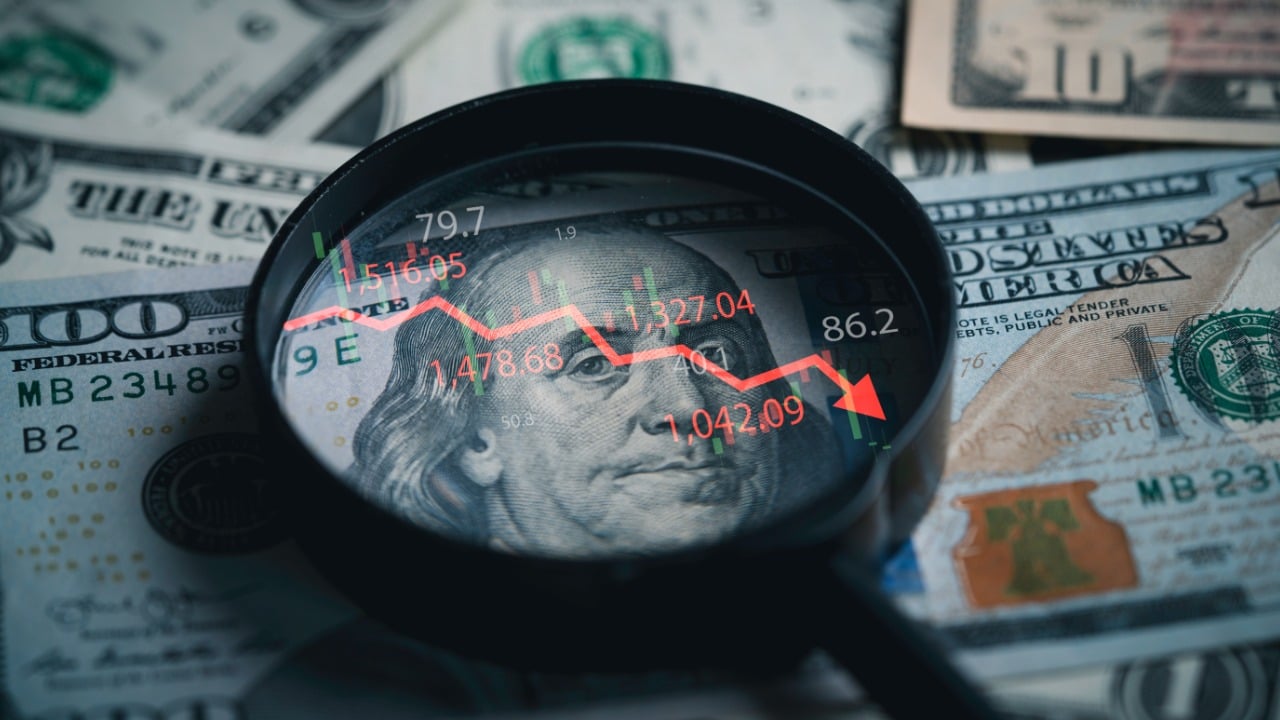Decoding Robert Kiyosaki’s Economic Warnings: A Critical Analysis
The Man Behind the Message
Robert Kiyosaki, the controversial author of *Rich Dad Poor Dad*, has built a reputation as a financial provocateur. His recent warnings about the economy have taken on an increasingly apocalyptic tone, suggesting that the Federal Reserve is on the verge of collapse and that a historic market crash is imminent. These predictions come with a prescription: abandon traditional financial systems in favor of alternative assets like Bitcoin, gold, and silver. To understand the gravity of his claims, we must examine the foundations of his arguments and their potential validity.
The Federal Reserve: A House of Cards?
Kiyosaki’s most alarming assertion is that the Federal Reserve is “finished.” He argues that the institution’s power is eroding as the crypto revolution gains traction and dollar instability becomes more pronounced.
The Fiat Currency Dilemma
Central to Kiyosaki’s critique is the Fed’s reliance on fiat currency—money without intrinsic value, backed only by government decree. He dismisses fiat as “fake dollars,” arguing that the Fed’s ability to print money at will leads to inflation and erodes savings. This perspective is not entirely unfounded; history has shown that excessive money printing can lead to currency devaluation, as seen in hyperinflation crises like Weimar Germany or Zimbabwe.
The Alleged Treasury Bond Auction Failure
Kiyosaki points to a recent U.S. Treasury bond auction that he claims failed, forcing the Fed to purchase $50 billion of its own bonds to stabilize the market. He interprets this as a sign of systemic collapse, declaring that “the end is here.” While this narrative is compelling, it’s important to note that bond auctions can be complex, and market dynamics often involve temporary fluctuations. The Fed’s intervention could be seen as a routine measure rather than a desperate last stand.
Crypto: The New Financial Fortress?
Kiyosaki positions Bitcoin and other cryptocurrencies as the ultimate safeguards against what he perceives as a failing financial system.
Bitcoin: The Anti-Fed Asset
Kiyosaki views Bitcoin as a decentralized alternative to fiat currency, immune to the inflationary policies of central banks. He argues that Bitcoin’s scarcity—capped at 21 million coins—makes it a superior store of value. This perspective aligns with the broader crypto community’s belief that Bitcoin is “digital gold,” a hedge against economic instability. However, Bitcoin’s volatility and regulatory uncertainties remain significant concerns.
The Case for Precious Metals
While Bitcoin dominates Kiyosaki’s rhetoric, he also advocates for gold and silver. He notes that silver, in particular, is trading far below its historical highs, suggesting it could double in value as inflation rises. Gold, meanwhile, has long been considered a safe-haven asset, though its performance can be inconsistent. Kiyosaki’s diversification strategy—combining crypto and precious metals—reflects a cautious approach to wealth preservation.
The Coming Storm: Kiyosaki’s Crash Prediction
Kiyosaki’s warnings about an impending economic collapse are rooted in his analysis of the Fed’s monetary policies and the U.S.’s debt burden.
The Fed’s Pattern of Intervention
Kiyosaki observes a recurring pattern in the Fed’s response to economic crises: injecting massive amounts of fiat currency into the system. He argues that this approach only delays the inevitable collapse, as it fails to address the underlying issues of debt and inflation. Past events like the 1987 stock market crash, the 2008 financial crisis, and the COVID-19 economic downturn support his claim that the Fed’s interventions often lead to temporary relief rather than lasting solutions.
The Debt Crisis: A Ticking Time Bomb
Kiyosaki emphasizes that the U.S. is the “biggest debtor nation in history,” with a national debt exceeding $34 trillion. He warns that the constant printing of money to service this debt is unsustainable and will eventually trigger a catastrophic economic collapse. While this argument is not without merit, it’s worth noting that the U.S. has managed high debt levels for decades, and some economists argue that debt can be managed through growth and responsible fiscal policies.
The Skeptics’ Counterarguments
Kiyosaki’s predictions are not without critics. Many financial experts argue that the Fed has demonstrated resilience in the face of economic challenges and that the economy is more robust than he suggests.
The Fed’s Track Record
Proponents of the Fed highlight its role in stabilizing the economy through tools like interest rate adjustments and quantitative easing. They argue that the Fed’s interventions have prevented worse outcomes, such as prolonged recessions or deflationary spirals. While Kiyosaki dismisses these measures as band-aid solutions, others see them as necessary for maintaining economic stability.
The Role of Regulation
Some economists argue that government regulation and oversight are essential for preventing systemic risk. They contend that relying solely on decentralized assets like Bitcoin could introduce new vulnerabilities, such as market manipulation or regulatory crackdowns. A balanced approach, they suggest, is necessary to navigate the complexities of the modern financial system.
Conclusion: A Call to Financial Vigilance
Robert Kiyosaki’s warnings about the Federal Reserve and the impending economic crash are bold and unsettling. His vision of a financial system on the brink of collapse, driven by unsustainable debt and the Fed’s reliance on fiat currency, challenges conventional wisdom. His advocacy for Bitcoin, gold, and silver reflects a belief in the need for alternative assets that can withstand economic turmoil.
While Kiyosaki’s views are controversial and not universally accepted, they serve as a reminder of the importance of financial literacy, diversification, and considering alternative investment strategies. Whether his predictions come to pass or not, his message underscores the need for vigilance in an ever-changing economic landscape. In a world where financial systems can shift rapidly, being informed and prepared is not just prudent—it’s essential.





